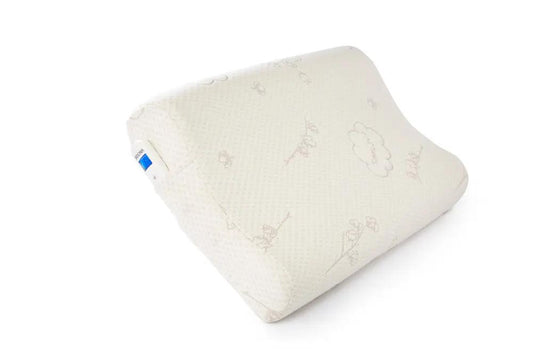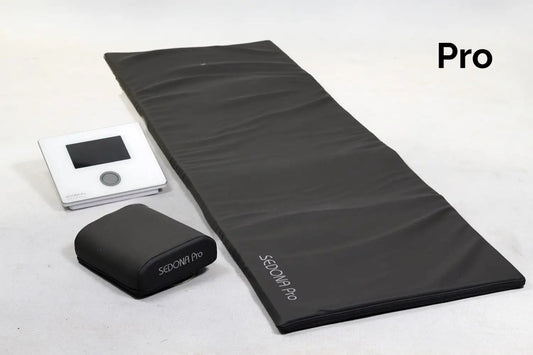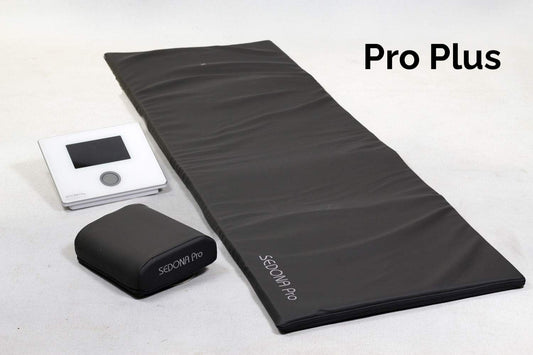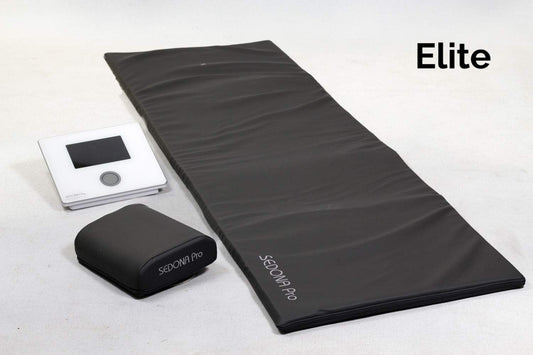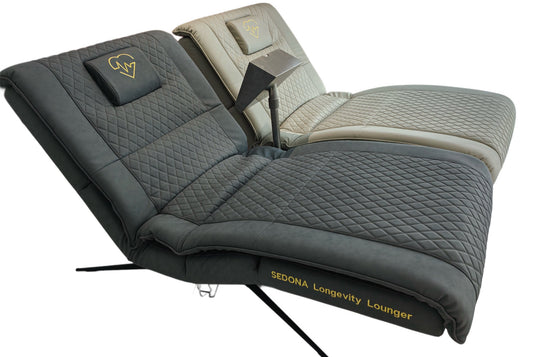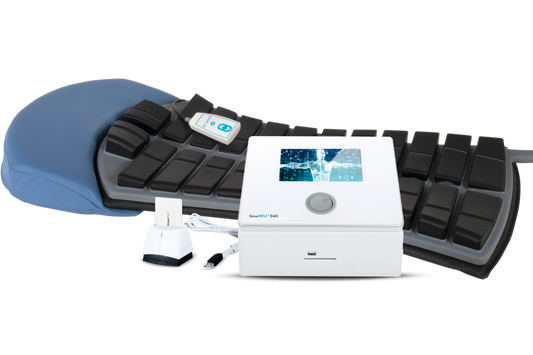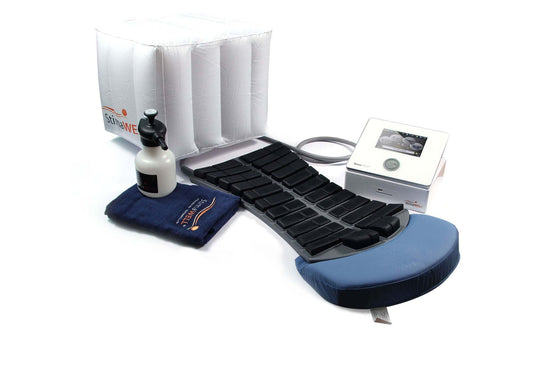
PEMF THERAPY FOR LUPUS ERYTHEMATOSUS
PEMF (Pulsed Electromagnetic Field) therapy is an innovative, non-invasive treatment method that shows promise in managing symptoms associated with Lupus Erythematosus, a chronic autoimmune disease characterized by inflammation and a wide range of symptoms that can affect different body parts including the skin, joints, and internal organs. Here's an in-depth explanation of how PEMF therapy can benefit individuals with Lupus and why purchasing a PEMF mat could be an advantageous addition to their health management strategy.
Understanding Lupus Erythematosus and PEMF Therapy
Lupus Erythematosus is an autoimmune condition where the immune system mistakenly attacks healthy tissues, causing widespread inflammation and tissue damage. Common symptoms include fatigue, joint pain, rash, and fevers. Since there is no cure for Lupus, treatments typically focus on reducing inflammation and managing symptoms to improve quality of life. PEMF therapy, through its action on cellular and molecular levels, offers a complementary approach to traditional lupus treatments.
How PEMF Therapy Helps with Lupus Erythematosus
Reduction of Inflammation:
Inflammation is a hallmark of Lupus, leading to pain, swelling, and damage in various tissues and organs. PEMF therapy helps reduce inflammation by influencing the cellular processes that mediate inflammatory responses. This can lead to a decrease in pain and swelling, and potentially lessen the risk of flare-ups.
Pain Relief:
PEMF therapy is recognized for its analgesic properties. By modulating the electrical charges of the cell membrane and increasing endorphin production, it can significantly alleviate the chronic pain that many lupus patients experience.
Enhancement of Circulation:
Improved blood flow is another key benefit of PEMF therapy, promoting better oxygenation and nutrient delivery to tissues. This is particularly beneficial for lupus patients, helping to support and speed up the healing process during and after flare-ups.
Immune System Modulation:
As an autoimmune disease, Lupus involves a hyperactive immune system. PEMF therapy has been shown to help modulate immune system activity, which can be beneficial in managing autoimmune reactions and potentially reducing the severity of the symptoms.
PEMF MAT BENEFITS FOR LUPUS ERYTHEMATOSUS
Our PEMF mat is specifically designed to maximize the therapeutic effects of PEMF therapy for individuals with autoimmune conditions like Lupus Erythematosus:
Comprehensive Coverage:
The mat's large surface area ensures that all affected areas, especially systemic conditions like Lupus, receive adequate exposure to the therapeutic electromagnetic fields.
Customizable Settings:
Different stages of Lupus and its symptoms require specific treatment modalities. Our PEMF mat offers adjustable intensity and frequency settings to cater to these varying needs, allowing for personalized treatment.
Convenience and Safety:
Designed for home use, our PEMF mat is easy and safe to use, enabling patients to manage their symptoms effectively without frequent trips to medical facilities.
Comfort and Durability:
Made from high-quality materials, our mat is built for comfort and durability, ensuring a long-lasting and pleasant experience during each therapy session.
CONCLUSION
Integrating a PEMF mat into your management plan for Lupus Erythematosus can offer significant benefits by reducing inflammation, alleviating pain, enhancing circulation, and modulating immune response. This therapy provides a non-pharmacological, side-effect-free option to help manage symptoms and potentially improve the quality of life.
Embrace the advanced therapeutic potential of our PEMF mat to address the challenges of Lupus. Enhance your body's natural healing capabilities and achieve a more comfortable and active lifestyle.
RECOMMENDED PROGRAMS
If you already own one of our PEMF Mats we recommend these programs for Lupus Erythematosus:
-
SEDONA PRO/PRO PLUS PEMF MAT
Sport: 7
-
SEDONA ELITE PEMF MAT
Wellness: 4
Longevity: 1, 4
STUDIES
-
Read Study
PubMed - The use of a pulsed magnetic field in the treatment of lupus erythematosus.
SEDONA WELLNESS PRODUCTS
-
SEDONA PEMF FACEMASK
Vendor:Sedona WellnessRegular price $390.00 USDRegular priceUnit price / per -
TIMMYZZZ PEMF PILLOW
Vendor:Sedona WellnessRegular price $390.00 USDRegular priceUnit price / per -
SEDONA PRO PEMF MAT
Vendor:Sedona WellnessRegular price From $5,900.00 USDRegular priceUnit price / per -
SEDONA PRO PLUS PEMF MAT
Vendor:Sedona WellnessRegular price From $6,900.00 USDRegular priceUnit price / per -
SEDONA ELITE PEMF MAT
Vendor:Sedona WellnessRegular price From $7,900.00 USDRegular priceUnit price / per -
SEDONA PEMF CHAIR
Vendor:Sedona WellnessRegular price From $15,900.00 USDRegular priceUnit price / per -
STIMAWELL EMS BACK MAT
Vendor:Sedona WellnessRegular price $16,900.00 USDRegular priceUnit price / per -
LONGEVITY LOUNGER PEMF BED
Vendor:Sedona WellnessRegular price From $21,900.00 USDRegular priceUnit price / per




